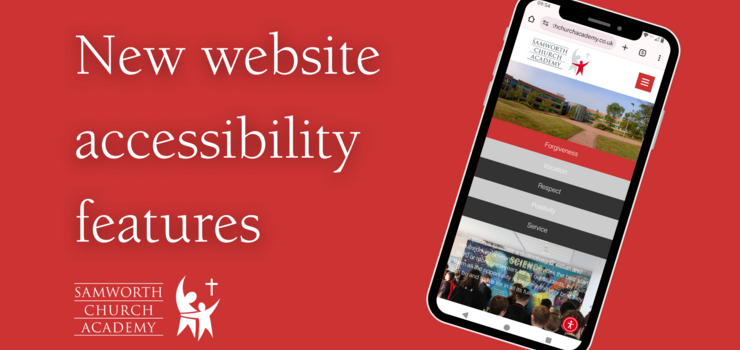Access arrangements are pre-examination adjustments for students based on evidence of need and normal way of working.
Access arrangements are not designed to benefit a particular student but to provide an equal opportunity for all students in achieving in their exams.
To discuss your child's access arrangements, please contact the Special Educational Needs Co-ordinator (SENDCO) Teresa Pendleton by calling 01623 663450 or emailing enquiries@tscacademy.org.uk.
Examples of access arrangements for exams
Supervised rest breaks
- Student is allowed breaks for short periods of time in the exam
- This may be for medical reasons, anxiety, ADHD, Autism etc.
- Evidence comes from observations in school from teachers. Medical evidence may recommend this.
Alternative site
- Student may sit the exam at home or an alternative site.
- This is where the student usually receives the main portion of the education.
Practical assistant
- Student can direct a member of staff to support with diagrams or drawings that they may have to do as part of their exam.
- This is based on medical needs and a doctor's note may be provided.
iPad, tablet or mobile devices
- Student may use a mobile device in rare cases where this is their usual way of working. This could be:
- used instead of a laptop as their usual way of working.
- possibly visually impaired students.
- students with diabetes who may need their mobile close to them.
- No testing is required for this, it is the usual way of working for students.

Word processor or laptop
- Student may use a laptop to record their answers without spellcheck when this is their usual way of working.
Prompter
- Student can be given verbal prompts such as "let's give this next question a try", "let's move on to the next part" or just general prompts.
- Used to help maintain focus and concentration.
- No testing is required for this, it is the usual way of working for students.
Read out loud
- Student is allowed to read aloud in their own room.
- Some students benefit from reading questions and their work aloud.
- No testing is required for this, it is the usual way of working for students.
Quiet Room
- Student is in a separate room and completes their examination here. This could be:
- due to the size of the hall, and too many students present in this room.
- because the student would distract other students.
- it is the usual way of working for students.
- Doctor may recommend a quiet room.
1 to 1 Room
- Student completes their examination in a room alone with an invigilator.
- This may be due to another access arrangement such as read out aloud.
- No testing is required for this, it is the usual way of working for students.
Dictionary
- Student may use a dictionary if they are EAL (English as an Additional Language) and this is their normal way of working.
Overlay
- Student has a coloured overlay on their work.
- No testing is required for this, it is the usual way of working for students.
Modified or coloured paper
- Student has a modified papers (braille) or coloured papers.
- No testing is required for this, it is the usual way of working for students.
- May be recommended by classroom teachers.




